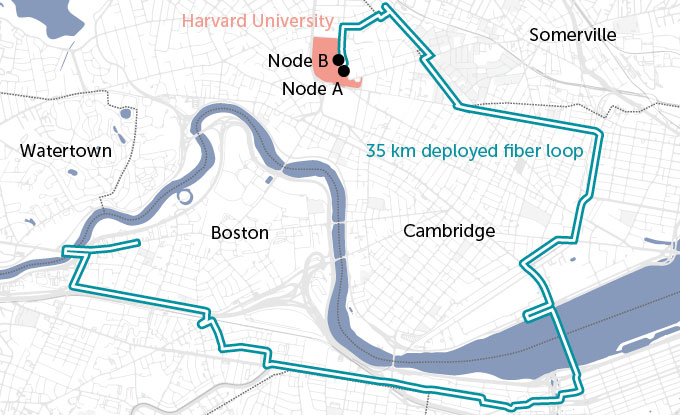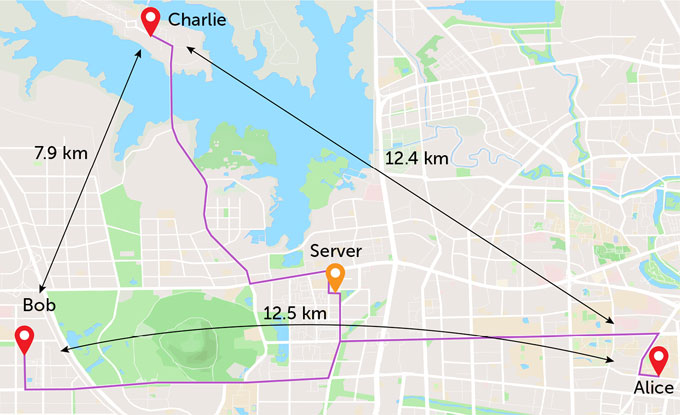Extreme Climate Survey
Scientific news is collecting questions from readers about how to navigate our planet’s changing climate.
What do you want to know about extreme heat and how it can lead to extreme weather events?
Now, two teams of scientists have entangled quantum memories in networks located in cities, where the hustle and bustle of urban life can present challenges for quantum communications.
“These two impressive studies are moving out of the lab and into real-world applications,” says University of Ottawa physicist Benjamin Sussman, who was not involved in the research. “These aren’t just toy systems, they’re really the first steps toward what the networks of the future will look like.”
In a network of two quantum memories linked by a telecommunications fiber link that ran a 35-kilometer loop through Boston and Cambridge, Mass., scientists sustained entanglement for about a second, physicist Can Knaut and colleagues report May 16. Nature. “That doesn’t sound like a lot to us, but in the quantum field, where … everything is shorter, one second is actually a very long time,” says Knaut, of Harvard University.

The researchers used quantum memories built from a small piece of diamond in which two of diamond’s normal carbon atoms are replaced by a silicon atom. This substitution creates a defect that serves as a quantum bit, or qubit. In effect, the defect serves as two qubits—one short-lived and another long-lived qubit that acts as memory. Scientists stimulated the short-lived qubit with a photon, or particle of light. The researchers used that qubit as an intermediary to confuse the long-lived qubit with the photon. Then the scientists sent the photon through the fiber and repeated the process to entangle the long-lived qubits in each memory.
Meanwhile, in Hefei, China, entanglement was achieved in a network of three quantum memories separated by fiber links of about 20 kilometers, the researchers report in the same issue of Nature.
This team’s quantum memory was based on a large array of rubidium atoms about 1 millimeter in diameter. When struck with a laser, the cluster of atoms can emit a photon. Instead of transferring the photon directly to another quantum memory, the photon was sent to a central station, where it was measured along with a photon sent from another memory. This generated overlap between two remote parts of the network.

Meeting in the middle meant that photons didn’t have to travel all the way to the other side of the network, an added bonus. “This scheme is quite efficient, but its experimental realization is quite challenging,” says experimental physicist Xiao-Hui Bao of the University of Science and Technology of China in Hefei. The technique required the team to find methods to correct for changes in fiber length due to temperature shifts and other effects that could cause problems. This painstaking effort is called phase stabilization. “This is the main technology advance that we have made in this paper,” says Bao.
In contrast, the Boston network had no central station and required no phase stabilization. But both teams hit what’s called a “warned” fumble. This means that a signal is sent to confirm that the scramble has been established, which requires the scramble to continue long enough for the information to pass through the network. This confirmation is important for using such networks for practical applications, says physicist Wolfgang Tittel, who was not involved in either study.
“If you compare … how these two different groups have fared [heralded entanglement]you see that there are more differences than similarities, and I find it wonderful,” says Tittel, of the University of Geneva. “There are different approaches that are still very, very promising.”
#realworld #tests #quantum #memories #bring #quantum #internet #closer #reality
Image Source : www.sciencenews.org